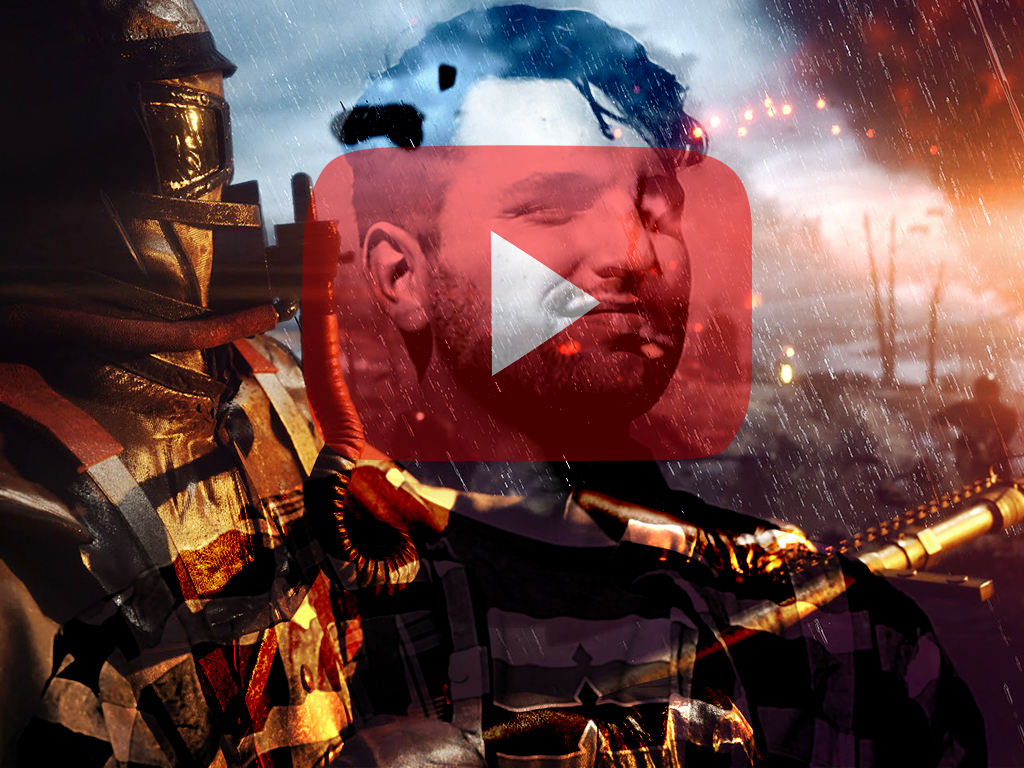TV marketers are missing out on a huge opportunity to grow their audiences, according to video ad tech company Unruly. Why? Because the way TV networks promote their shows to new viewers is missing the mark with millennials across digital marketing channels.
According to new research from Unruly, 80 percent of millennials will tune into a TV show if someone in their social network has shared a trailer, a clip, or promo with them online. This is compared to 66 percent of average TV viewers.
However, the report also found that Millennials are 10 percent less likely to share TV promo content than the average TV viewer, suggesting that TV marketers are failing to create content that resonates with “digital natives.” Further, Millennials in the US spend less time watching TV than any other demographic according to Nielsen, showing that networks are struggling to connect with this key audience.
Senior marketers who believe in a strong customer-centric focus and want to be visible and persuasive in the moments that really matter can learn some important lessons from Unruly’s free report, which can be download here.
“Audience fragmentation, ad avoidance and social discovery are all powerful forces for disruption,” said Unruly CEO Scott Button In a press release.

Other findings from the report, which analyzed 14,221 TV promos, including show clips (standalone scenes from an episode that has already been aired), original promos (newly filmed original content), and trailers (a compilation of teaser clips, usually with voiceover and additional editing) from the “Big 5” U.S. networks (ABC, CBS, CW, Fox, NBC) include:
- Rate of TV promo sharing more closely correlates to Nielsen Ratings than number of promo views: The more shares a TV network generates for its promos, the more likely that will translate into ratings. The front runner, NBC, generated 39 percent share of shares and a 33 percent of overall Nielsen ratings;
- NBC is winning on social reach and engagement: NBC is leading the way on social video, with 48 percent share of online promo views and 39 percent of promo shares. ABC follows in both categories with 27 percent of promo views and 34 percent of promo shares;
- Millennials are 39 percent more likely to watch online video content on their smartphones than the average TV viewer and 14 percent more likely to watch TV on their laptops, while less than half (42 percent) still watch online video in the living room through connected TVs;
- Original promos are most viral type of TV promo for U.S. audiences: While low-cost TV clips are the most prevalent form of TV promotional content and represent the majority of TV content launched online, original promos are actually the most shareable form of promotional content, with an average share rate of 3.9 percent, compared to the average 2.1 percent of branded content;
- TV Networks are missing out on brand recall: All of the promos tested in the Unruly TV Promo and Millennial study – for the top rated network shows – fell well below the U.S. market norm for brand recall from online videos (at only 75 percent).

- Jimmy Kimmel Show created the most shareable TV promo for a Millennial audience. From July 2015 to December 2014, the most intrinsically shareable piece of content for millennials was the Jimmy Kimmel Live clip “YouTube Challenge — I Told My Kids I Ate All Their Halloween Candy 2014” with a Millennial ShareRank score of 7.6. This video was polarizing with the funniest triggers evoking shock and disgust among some mnillennials.
“We’re seeing a promo paradox — TV networks are known for telling great stories in their programming, but they’re not creating engaging promos to support this great content,” Button added. “Millennials are highly peer-influenced, with 80 percent citing that they’d check out a show after receiving a shared online TV promo. Yet the promos aren’t strong enough for Millennials to want to share.
What’s even worse: TV promos aren’t providing viewers with memorable experiences.
“Of the videos we tested in our study, show recall fell well below the U.S. market norm for brand recall in traditional ads, making it difficult for even a motivated millennial to remember which show they wanted to see,” Button said. “TV marketers need to start making promos that resonate with millennials and more heavily call out their shows if they want to change viewer habits and drive new viewers to tune in.”
But having strong content is only half the battle.
“You have to get your content seen quickly,” Button said. “With nearly half of a total video’s shares occurring in the first three days after launch, marketers have a very short window within which to drive TV tune-in. As marketers prepare for the 2015 Digital Content NewFronts, these principles can be applied to create engaging promos to drive traffic to both short form and long form content.”
Why do you think TV marketers should do to engage millennials?


